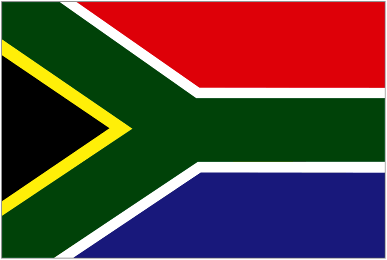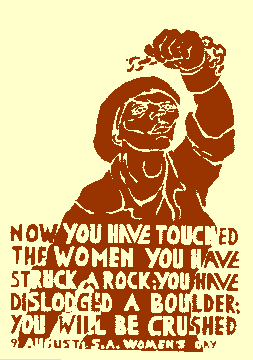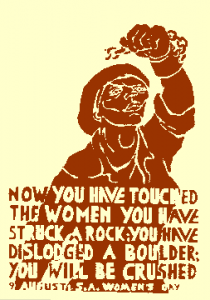January 2

In Cape Town one day isn’t enough time to celebrate the New Year. So residents celebrate Tweede Nuwa Jaar, “Second New Year.”
On this day thousands line up along the streets to watch, or participate in, one of the most fascinating New Year’s celebrations in the world. The world-famous Coon Carnival.
Regarding the name, says one participant:
“The Americans come and they don’t want us to use the word Coon because it’s derogatory for the people. Here Coon is not derogatory in our sense. For us the minute you talk Coon, he sees New Year day, he sees satin and the eyes and mouth with circles in white, the rest of the face in black, like the American minstrels.”
Yes, on this day Cape Town musical groups called troupes or kaapse klopse don colorful uniforms inspired by American minstrels of the previous century. They paint their faces bright white and march down the Bo-Kaap part of the city. It has been called “a riot of color and sound” and, though it has no equal, might be compared in feel to the Mardi Gras celebrations in Brazil.
The celebration has been shunned by some members of the upper echelon, who prefer the more refined Malay Choirs and Christmas Bands. But in 1996 when Nelson Mandela put on the outfit of a minstrel troupe to open the Carnival, the traditional march outgrew its working class roots and gained a little more acceptance among the intellectual elite.
Denis-Constant Martin writes in Coon Carnival: New Year in Cape Town
“To the sounds of wind instruments, ghoemas, and tambourines, they march, dance and sing along Darling Street, past the Grand Parade, into Adderley Street, up Wale Street, into Chiappini Street, then Somerset Road and to Green Point where they go into the stadium for the second round of competitions.”
These troupes are from different parts of the city, and can number over a thousand members. To become part of a troupe all you need’s a uniform. You can beg or buy them from the group captain or bargain with him for a price. Indeed that’s how the groups make their money, from the sale of uniforms. Without a uniform, you’re not in the band, period.
The colorful outfits change each year and were inspired by the American minstrels who visited Cape Town in the mid to late 1800’s. They would smear burnt cork on their face to simulate “black face.” Locals imitated the outlandish dress, hat, and umbrella, but reversed the make-up to wear “white face” and the carnival was born.
The significance of January 2nd is that it was the one day of the year slaves were given holiday. Today the parade is an expression of the joy of life, of victory over the struggle of slavery and then apartheid, and a symbol of freedom and independence.
With the popularization of the carnival though, residents are concerned about the ideals the parade represents. Writes Joel Pollak
There is a widespread fear that organizing the Coon Carnival to appeal to foreign tourists and commercial sponsors would mean taking it away from the local communities that have kept it alive for over a hundred years, in effect reserving the best seats for tourists just as they were once reserved for whites at the segregated stadiums.
Time will see what’s in store next for the Minstrel Carnival, as city officials call it now.








